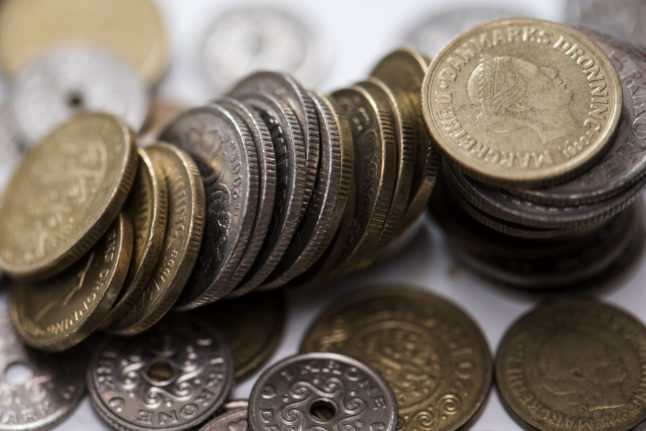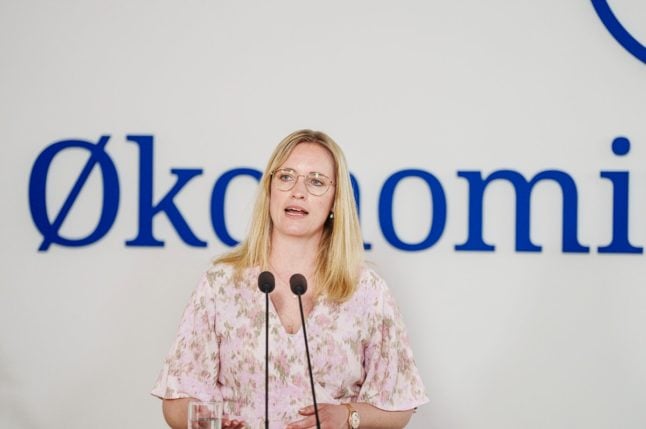New figures released on Tuesday by Statistics Denmark rate the country’s inflation at its lowest level since February 2021, predating the energy crisis and price rises that were a major factor throughout 2022.
Inflation has almost consistently fallen since October last year, when in peaked at 10.1 percent.
The announcement comes after Statistics Denmark said last month that Denmark had the lowest inflation in the EU.
READ ALSO:
The latest figure is positive news, private economist with Arbejdernes Landsbank, Brian Friis Helmer, said in a comment to broadcaster TV2.
“It’s quite simply good news that inflation and core inflation are falling back from the extremely high levels we’ve seen over the last year,” he said.
Core inflation is a measure that does not take into account energy and unprocessed food prices and demonstrates the presence of inflation in other parts of the economy.
It fell to 3.7 percent in September, down from 4.2 percent the previous month and the lowest since April 2022.
Although some stores including supermarkets have begun to reduce prices, falling inflation does not automatically translate to immediate consumer savings, Helmer warned.
“But Danes can possibly look forward to some of their costs getting a little cheaper again,” he said.




 Please whitelist us to continue reading.
Please whitelist us to continue reading.
Member comments